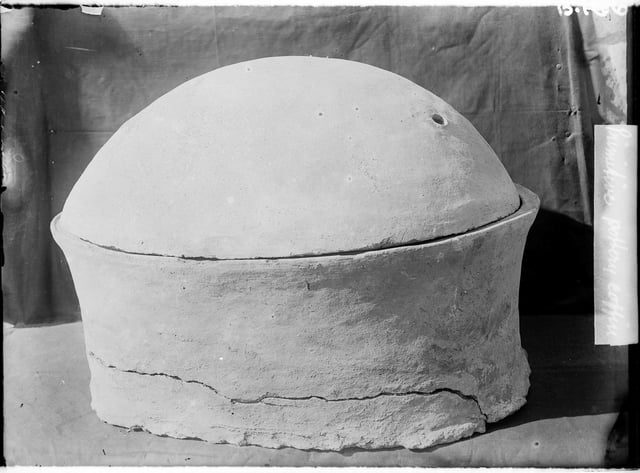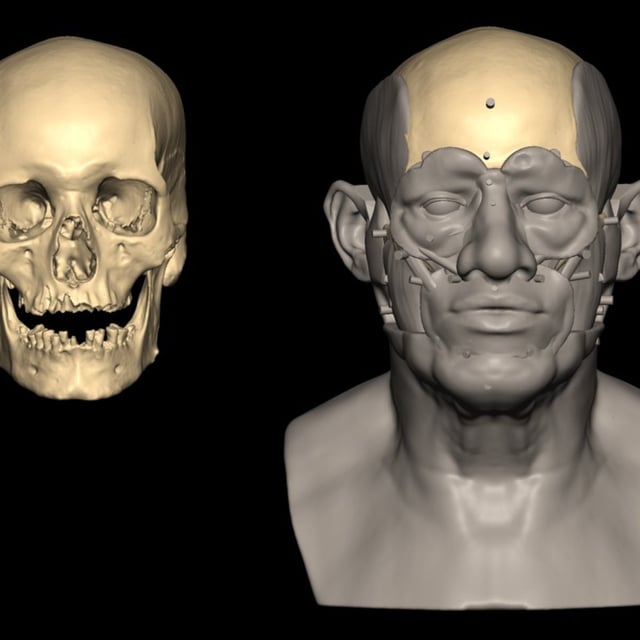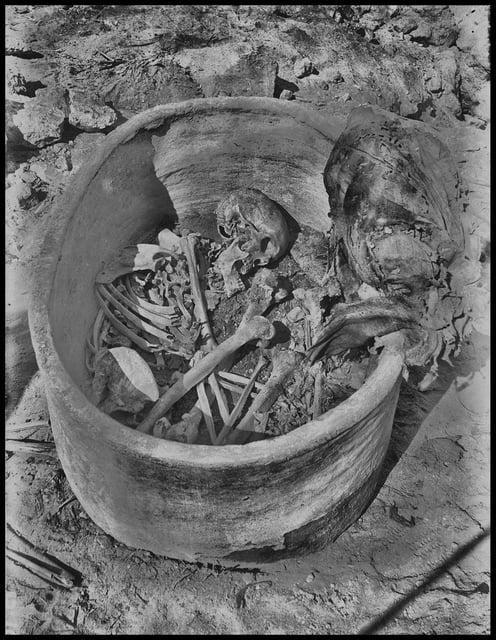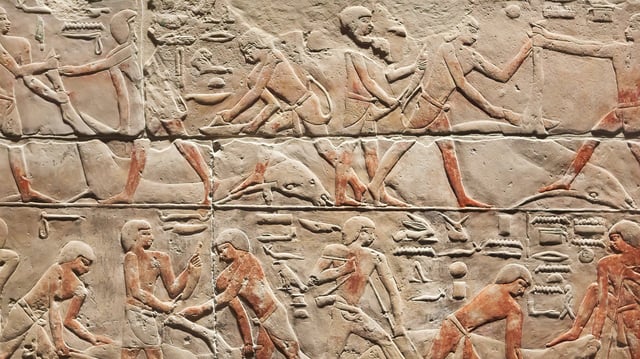Overview
- Researchers extracted DNA from the teeth of a man interred in a ceramic pot at Nuwayrat and produced the first full genome from an Egyptian individual dating to the Old Kingdom period.
- Genetic data show approximately 80% of his ancestry aligns with ancient North Africans while about 20% traces to early Fertile Crescent populations in Mesopotamia.
- The pot burial predated mummification, creating stable conditions in tooth root tips that preserved DNA in an otherwise challenging arid environment.
- Osteological analysis and chemical markers indicate the individual was a male in his mid-40s to mid-60s who grew up along the Nile and displayed skeletal features consistent with potter’s work.
- Authors highlight the importance of sequencing additional ancient Egyptian genomes to map population variation and deepen understanding of early cultural exchanges.



